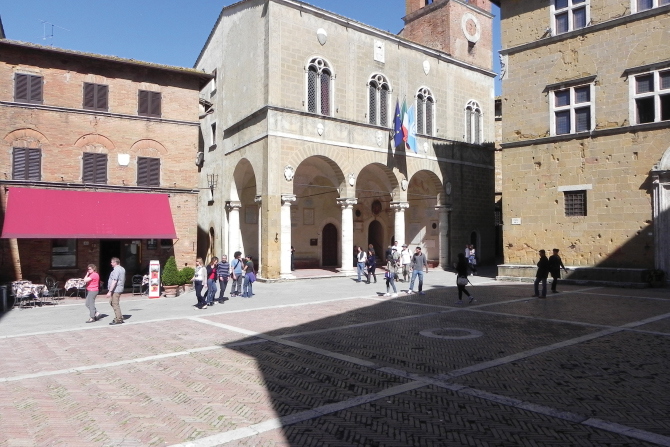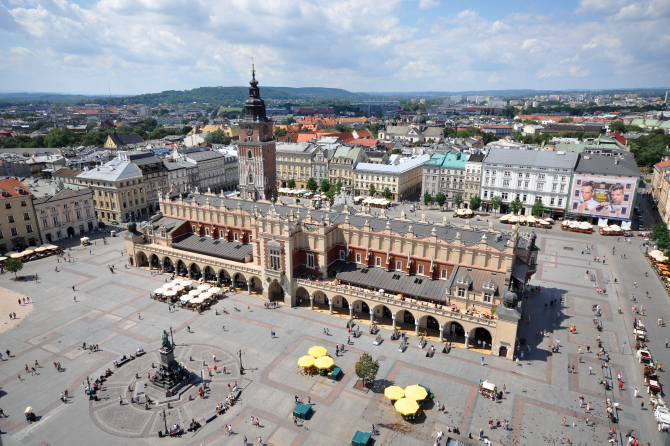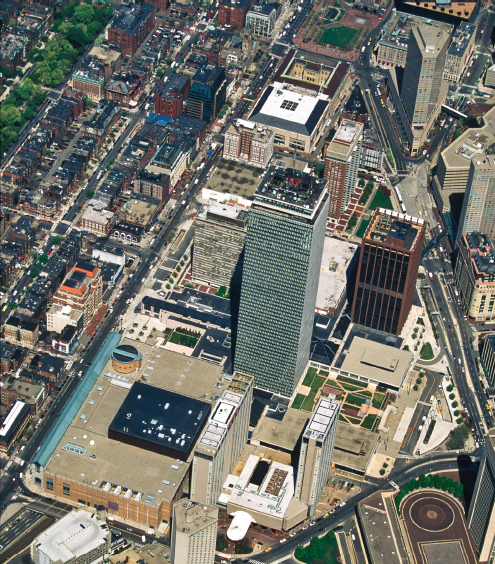From Mesopotamia to The Present: Precedents to Contemporary Urbanism

C.2 The rediscovery of Greek and Roman ideas at the end of the Middle Ages—ideas about philosophy, science, and even the design of cities—sparked the emergence of a humanist worldview that characterized the Renaissance. In 1459, Pope Pius II launched the reconstruction of the center of Pienza, Italy, his childhood home. The resulting public square, above, demonstrates the revival of principles of order and public space that had lain dormant for almost ten centuries.
Courtesy Flickr user letorrivacation

C.3 Cracow’s Market Square, Europe’s largest Renaissance plaza, evolved from an active marketplace into the elegant center for the city’s civic and social life.
Courtesy Jorge Lascar via Flickr

C.5 Boston welcomed the construction of the Prudential Center, completed in 1964, as a massive intervention whose sheer size, civic leaders hoped, would stave off economic collapse as industrial jobs and middle-class residents poured out of the city and into its suburbs. The project reflected contemporaneous urban planning theory, which used redevelopment as a tool for remaking cities to accommodate cars.
© Shutterstock ...
Get Urban Design for an Urban Century: Shaping More Livable, Equitable, and Resilient Cities, 2nd Edition now with the O’Reilly learning platform.
O’Reilly members experience books, live events, courses curated by job role, and more from O’Reilly and nearly 200 top publishers.

